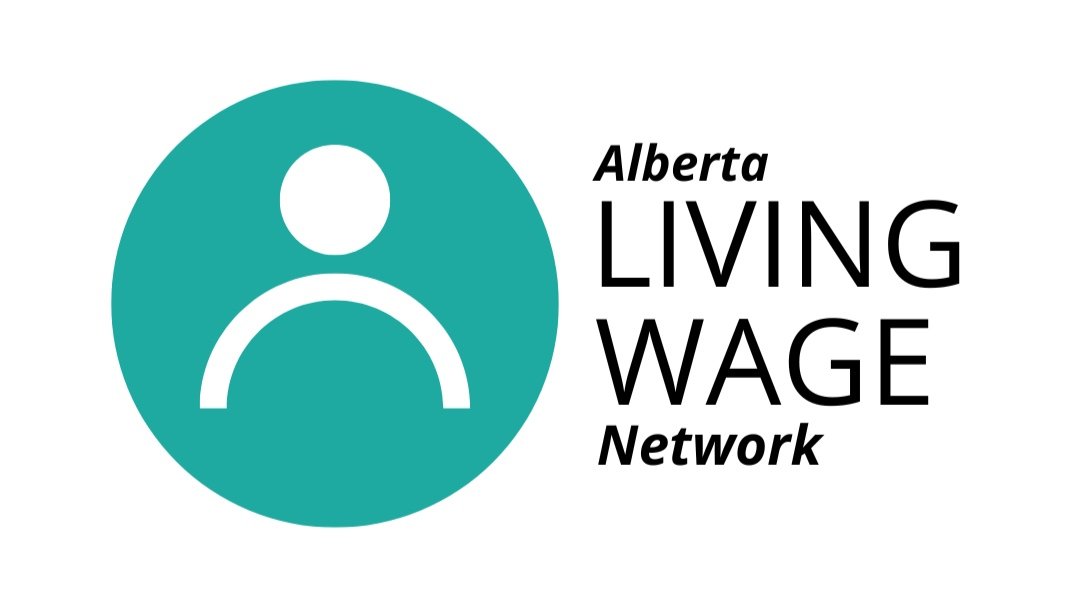Breaking down 2023 Living Wages
In recent years, the cost of living in Canadian cities has increased, and Albertans have felt the effect. A ‘living wage' is a vital part of the economy. However, for many Albertans, living wages can be elusive. We broke down the 2023 Living Wages with the Alberta Living Wage’s Ryan Lacanilao.
You recently published 2023 living wages for 16 municipalities. Did they go up?
Yes, most municipalities did go up. Over the past year we’ve all felt the effect of rising costs over the past year and the new living wages reflect that.
Living wages factor in costs in several categories like food, shelter, transportation and child care. What were the biggest factors in driving costs up this year?
We broke down the numbers and it’s clear that shelter costs are a driving force behind the rising cost of living in our province. Rent and utilities have increased substantially over the last year across Alberta, subsequently increasing the living wage. The shelter crisis is one of the main reasons Alberta is seeing such rising living wages this year and why so many Albertans are struggling.
Child care is an area that’s putting downward pressure on the living wages in other provinces. Many Canadian provinces are changing their child care benefits and programs to be more subsidized as they work toward $10-a-day child care. However, Alberta has not experienced the same downward pressure – while Alberta has capped fee increases at 3%, nothing has changed in their child care grants and subsidies since last year.
Did anything put downward pressure on the living wages?
Certain government benefits kept the living wages lower than expected this year. Both the Provincial and Federal governments created temporary affordability payments. For instance, using Drayton Valley as an example, the Federal Grocery Rebate provided $314 for single parents. The Alberta Affordability Payments provided $1,200 for a family of four and $600 for the lone parent family, and the Alberta Fuel Tax Relief Program provided families with $166. These programs certainly helped people, but they were temporary.
Using temporary benefits to calculate living wages brings the calculations down and because they are temporary, the living wages may have an even more dramatic jump next year. Government policy is important in keeping costs down and temporary benefits, while not ideal in our calculation, helped many people.
What else did you discover?
We explored the Consumer Price Indexes for shelter and food and charted them against wages and it is clear wages are not keeping up. For instance, since September 2013, food prices have increased by almost 41% while average hourly wages have only increased by 24%. That’s a huge gap!
Also, it's becoming increasingly apparent that single individuals struggle more financially than families, as they receive little to no government benefits. For example, a single individual in Alberta gets less than $2,000 in government benefits per year. In contrast, a family of four can receive up to $30,000 annually.
Learn more about this year’s living wages.
